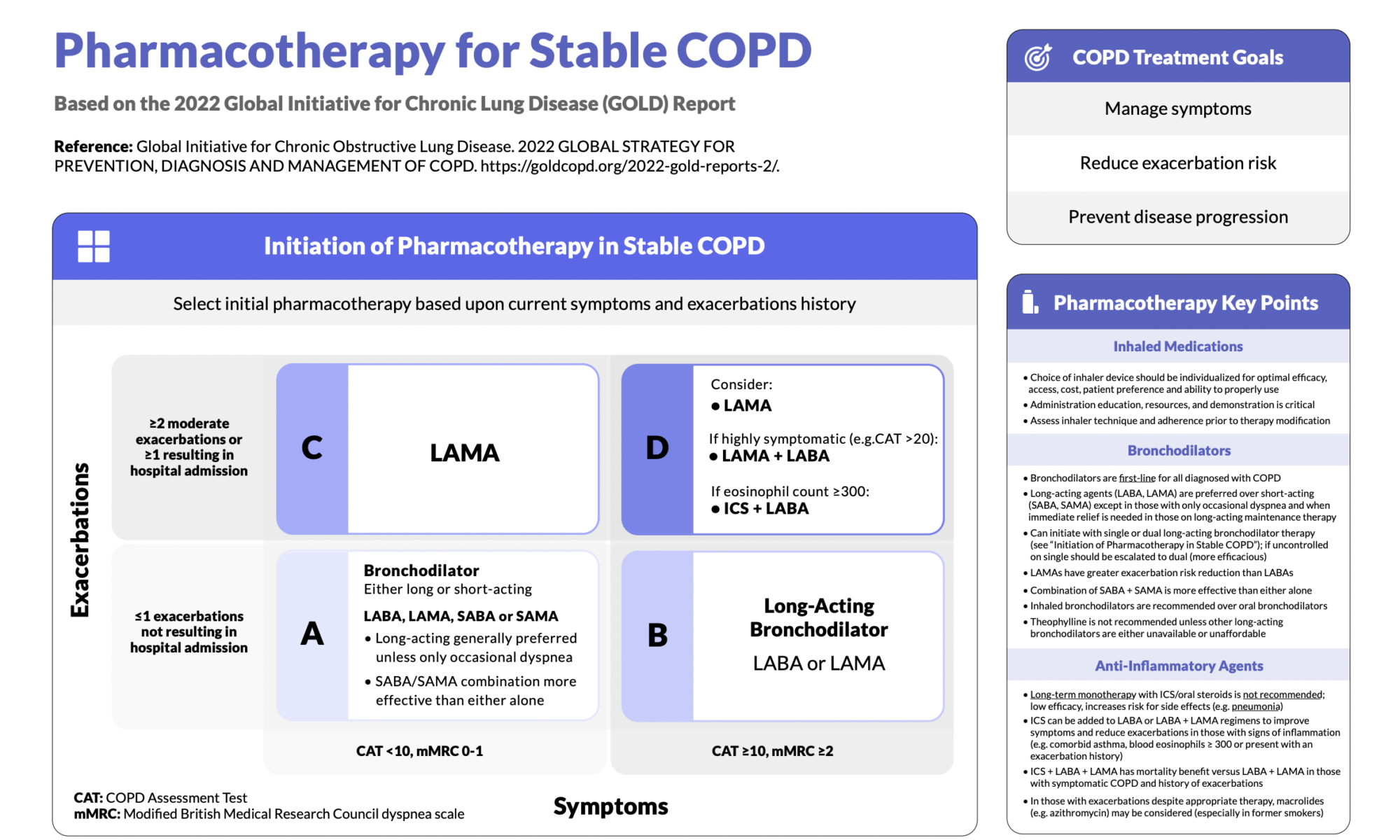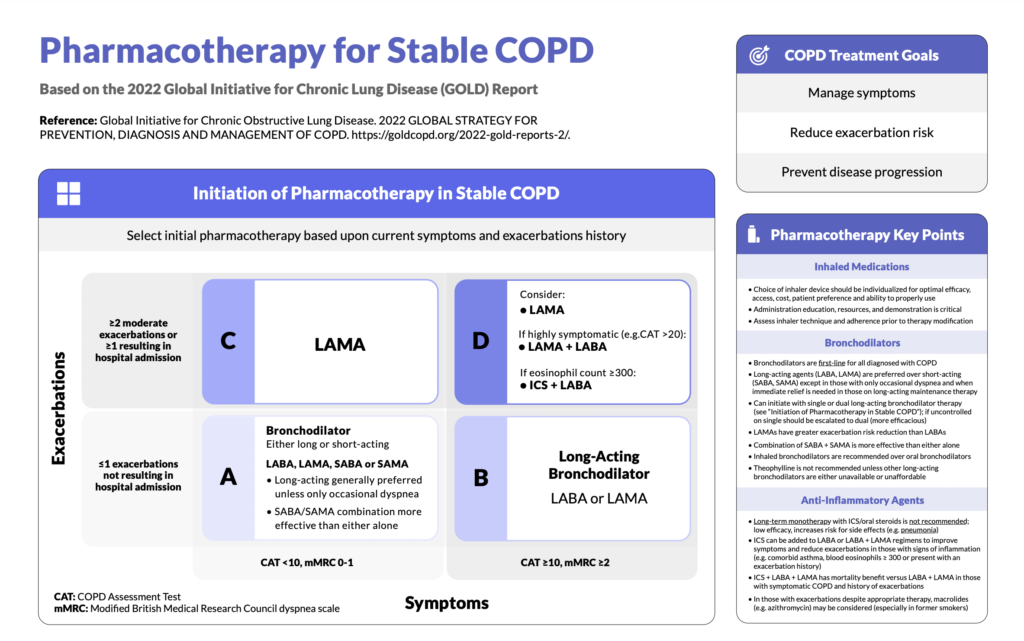Podcast: Play in new window | Download (Duration: 13:11 — 6.0MB) | Embed
Revefenacin (brand name Yupelri) is a long-acting muscarinic antagonist (LAMA) used for the maintenance treatment of chronic obstructive pulmonary disease (COPD). It works by blocking muscarinic receptors, particularly the M3 subtype, in airway smooth muscle. This antagonism reduces cholinergic bronchoconstriction and leads to sustained bronchodilation. Unlike short-acting anticholinergics such as ipratropium, revefenacin provides 24-hour bronchodilation with once-daily dosing.
One of the distinguishing features of revefenacin is that it is the first nebulized LAMA approved for COPD maintenance therapy. Many patients with advanced COPD, physical limitations, or difficulty using handheld inhalers benefit from a nebulized formulation, as it allows medication delivery without requiring hand-breath coordination or a forceful inhalation. This makes it a useful option for patients with poor inhaler technique or those transitioning from hospital care.
Pharmacokinetically, revefenacin is delivered via nebulization, with peak effects typically observed within a couple of hours. Importantly, systemic absorption is relatively low, but elderly patients or those with hepatic impairment may be more susceptible to anticholinergic side effects.
Clinically, revefenacin improves lung function, reduces COPD symptoms, and can decrease exacerbation frequency. Common adverse effects include cough, dry mouth, constipation, and urinary retention. Caution is advised in patients with narrow-angle glaucoma or prostatic hyperplasia due to its antimuscarinic properties. Revefenacin is not intended for acute bronchospasm or rescue therapy—it is strictly for long-term, once-daily maintenance.
Be sure to check out our free Top 200 study guide – a 31 page PDF that is yours for FREE!
Support The Podcast and Check Out These Amazing Resources!
Meded101 Guide to Nursing Pharmacology (Amazon Highly Rated)
Guide to Drug Food Interactions (Amazon Best Seller)











